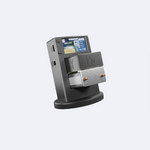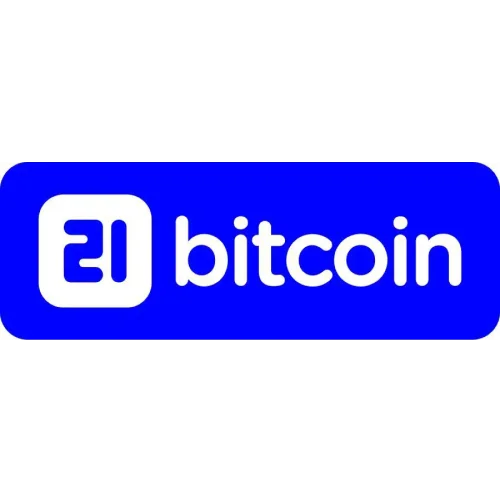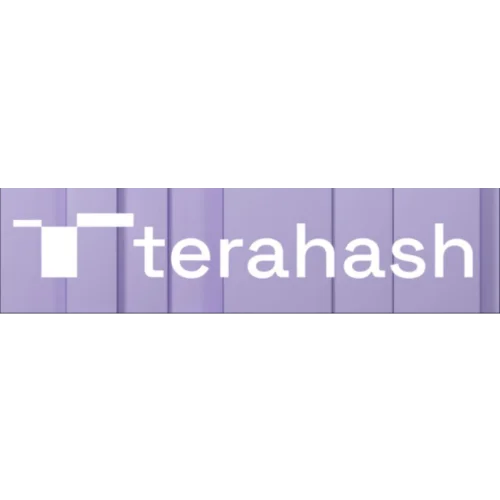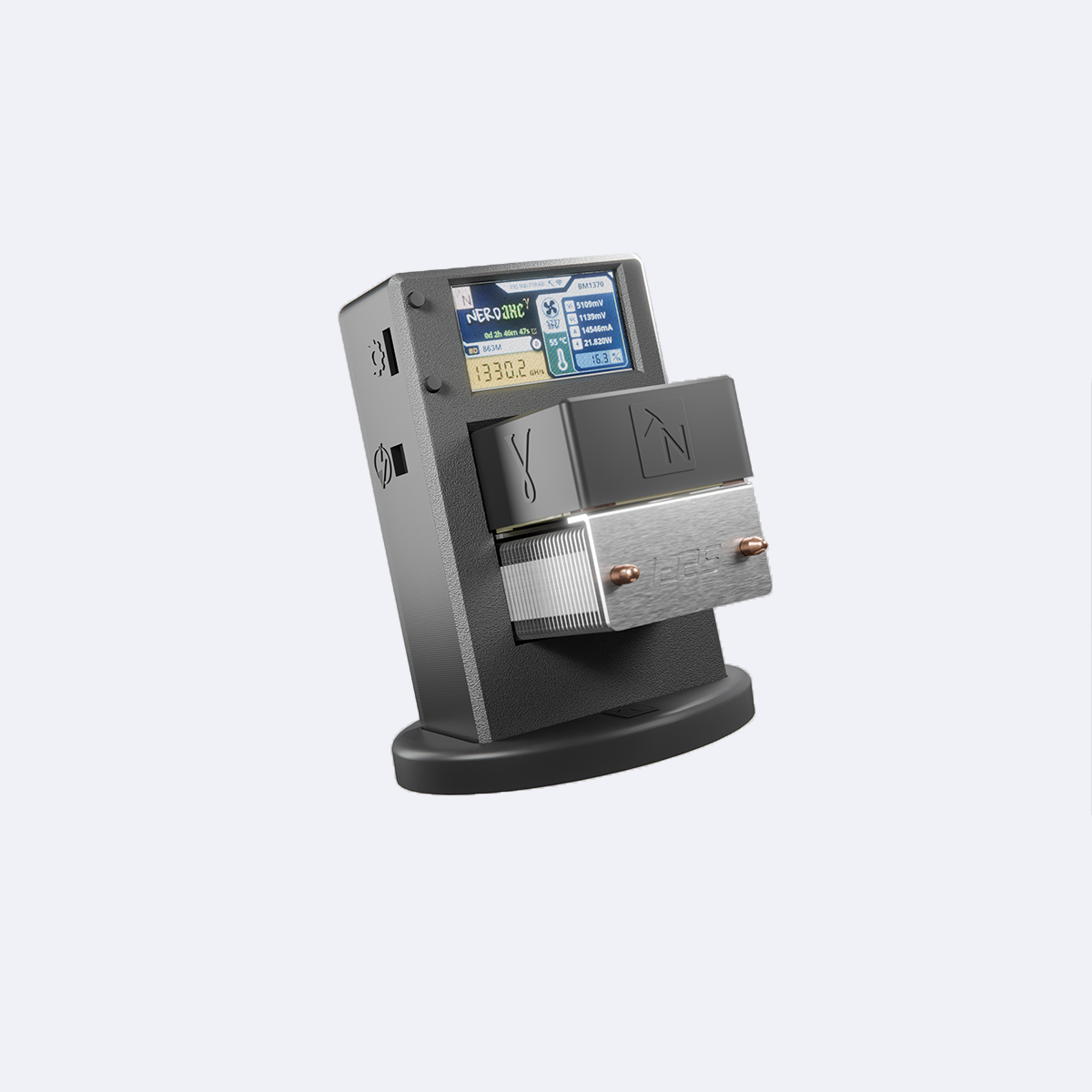
Deine Superkraft: Mining
Nerdminer.de ist mehr als Technik – es ist der Ausdruck deiner digitalen Unabhängigkeit. Erlebe Bitcoin-Mining als Abenteuer, nicht als Anleitung.
Blog posts
Gewinne ein Ticket zum Blocktrainer Event 2025 – mit jeder Bestellung bei Nerdminer.de!
Das Blocktrainer Event 2025 steht vor der Tür – und wir schicken dich hin!Gemeinsam mit Blocktrainer verlosen wir unter allen Bestellungen auf nerdminer.de exklusive Tickets für das größte deutschsprachige Bitcoin-Event des Jahres. Warum das Event ein Muss für Bitcoiner ist Das Blocktrainer Event 2025 bringt die Crème de la Crème der deutschsprachigen Bitcoin-Community zusammen: Top-Speaker, spannende Panels, neue Projekte, echte Meetups – alles an einem Ort. Und natürlich: pure Bitcoin-Energie. Wenn du Bitcoin wirklich verstehst, wirst du dort sein wollen. So nimmst du teil Ganz einfach:Jede Bestellung auf nerdminer.de ist automatisch ein Los.Du musst nichts weiter tun. Kein Formular. Kein Haken. Du bestellst – wir losen. Punkt. Was du gewinnen kannst Ein exklusives Ticket für das Blocktrainer Event 2025.Das bedeutet: Zugang zu Vorträgen, Side-Events und der Möglichkeit, dein Nerdwissen in der echten Welt zu sharen.Triff Blocktrainer, lerne andere Mining-Held:innen kennen – und erlebe die Szene hautnah. Warum wir das machen Weil wir daran glauben, dass Wissen geteilt werden muss.Weil Nerdminer nicht nur ein Produkt ist, sondern eine Bewegung.Und weil unsere Community – also du – das Herzstück von allem ist, was wir tun. Let’s mine & meet.Jetzt bestellen. Und vielleicht sehen wir uns schon bald beim Blocktrainer Event 2025.#WeDoBitcoin
Learn moreHat Microstrategy das Geschäftsmodel der Zukunft?
Microstrategy erhält 3 Milliarden US-Dollar zu 0% Zinsen. MicroStrategy hat erfolgreich ein Angebot über 3 Milliarden Dollar an 0% wandelbaren vorrangigen Anleihen abgeschlossen, die 2029 fällig werden. Dieses bedeutende finanzielle Engagement zeigt das Vertrauen der Investoren in die zukünftige Entwicklung des Unternehmens, insbesondere in Bezug auf seine Bitcoin-Strategie.Wichtige Punkte: 1. Bedeutender finanzieller Schritt: Das Angebot ermöglicht MicroStrategy, Kapital für künftige Investitionen zu sichern, wobei ein großer Teil möglicherweise in Bitcoin fließen wird. 2. Nullkuponstruktur: Die Anleihen zahlen während der Laufzeit keine Zinsen. Die Investoren erhalten den Nennwert am Ende der Laufzeit zurück, was diese Form der Kapitalaufnahme attraktiv macht. 3. Umwandlungsaufschlag von 55%: Investoren können ihre Anleihen nur in Aktien umwandeln, wenn der Aktienkurs von MicroStrategy um mindestens 55% über dem aktuellen Niveau steigt. Dies verdeutlicht das Vertrauen der Investoren in zukünftige Kursgewinne. 4. Anfänglicher Umwandlungspreis von 672,40 Dollar pro Aktie: Dies ist der Preis, zu dem die Anleihen in Aktien umgewandelt werden können, was die optimistischen Erwartungen hinsichtlich der zukünftigen Aktienentwicklung unterstreicht. 5. Vorrangige Anleihen: Diese Anleihen nehmen im Falle einer Liquidation eine höhere Rangfolge ein, was bedeutet, dass sie vorrangig bedient werden vor anderen Verbindlichkeiten. Zusammengefasst zeigt das Angebot von MicroStrategy sowohl die strategischen Pläne des Unternehmens zur Kapitalbeschaffung als auch das Vertrauen der Investoren in die langfristige Wertentwicklung der Aktien und das Engagement des Unternehmens im Bereich Bitcoin. Dein Bitcoin-Miner für zu Hause
Learn moreBitcoin-Wallets: What you should definitely know
Bitcoin wallets are essential tools for the secure storage and management of Bitcoin. There are different types of wallets, each of which has different advantages and disadvantages.The most important types of Bitcoin wallets and their features are described in detail below.1. Software wallets:Software wallets are programs that are installed on a computer or mobile device. They come in various forms: Desktop wallets, mobile wallets and web wallets.-> Desktop walletsDesktop wallets are installed on a PC or laptop and offer users full control over their Bitcoin. Advantages: - Ease of use: they offer a user-friendly interface and various functions for managing Bitcoin. Disadvantages: - Vulnerability to malware: If the computer becomesinfected with malware, the Bitcoin can be stolen. The Bitcoin is only as secure as the computer is.- Device dependency: If the device is lost ordamage to the device, access to the Bitcointo the Bitcoin can be lost unless backups have been created.-> Mobile walletsMobile wallets are apps that are installed on smartphones and allow users to manageusers to manage Bitcoin on the go. Advantages: - Portability: You can manage Bitcoin anywhere and at any time.- User-friendliness: Often designed to be very user-friendly. Disadvantages: - Security risks: Smartphones are vulnerable to hacking andvulnerable to hacking and malware due to the internet connection.- Risk of loss: If the cell phone is lost or stolen, the Bitcoin could also belost if no security measures such as backup and encryption have been taken.-> Web walletsWeb wallets are online services that enable access to Bitcoin via a web browser. Advantages: - accessibility: you can access theBitcoin from anywhere as long as there is an internet connection.- Easy to set up: No download or installation required. Disadvantages: - Low security: as the private keys are stored on the provider's servers, there is an increased risk of hacking and fraud.- Dependence on the provider: In the event of a service failure or fraudulentfraudulent activities of the provider, the Bitcoin can be lost.2. Hardware walletsHardware wallets are physical devices that have been specially developed for the secure storage of Bitcoin. They store the private keys offline. Advantages: - High security: As the private keys never come into contact with the Internet, they are protected against online attacks. The security of hardware wallets lies in their architecture. As they work offline thanks to a special secure element, i.e. they are not connected to the Internet, hackers cannot gain direct access to the private keys. Even if a usertransactions, the signature process is carried out offline on the device and only the signedand only the signed transaction is transmitted online. This“cold storage” method significantly minimizes the risk of theft through online attacks.- Protection against malware: Even if the computer is infected with malware, the private keys remain secure.- Ease of use: Many hardware wallets offer a user-friendly interface and simple transaction processing. Disadvantages: - Cost: Hardware wallets are significantly more expensive compared to software wallets.- Complexity for beginners: The initial setup can be a little more complicated for beginnerscomplicated for beginners, as they have to make a note of the Bitcoin seed offline.offline.3. Paper walletsA paper wallet is a physical copy or printout of the private and public keys of a Bitcoin address. Advantages: - High security: As it is a physical document, there is no digital point of attack when it is used.- Free of charge: There are no costs for thecreation of a paper wallet. Disadvantages: - Risk of loss: If the paper is lost or damaged, the Bitcoin cannot be recovered.- Cumbersome to use: Transferring Bitcoin to a paper wallet or spending Bitcoin requires additional steps and can be complicated for beginners.- No flexibility: It is more difficult to spend Bitcoin from a paper wallet as this requires importing the keys into a software wallet.- Dependence on the production provider: Generating the paper wallet requires trust in the provider that offers the production of paper wallets.Experience from the Bitcoin space:Most people in the Bitcoin space use cell phone wallets for everyday payments. The Wallet of Satoshi is recommended for beginners and the Phoenix Wallet for advanced users. Bitcoiners hold roughly the same amount of Bitcoin there as they do in cash in their wallets. Almost all Bitcoiners use a hardware wallet for their savings. The Bitcoin Only version of Bitbox is particularly recommended, as it has certain advantages over other hardware wallets. Paper wallets can be used for gifts to relatives, where, for example, €50 in Bitcoin can be given as a gift.Conclusion:Each type of Bitcoin wallet has its own advantages and disadvantages. The choice depends on the individual needs andsecurity requirements. While software wallets are practical anduser-friendly, hardware wallets offer the highest level of security by storing the private keys offline. Paper wallets can also be a secure option, but require careful handling and storage. Get your BitBox for maximum security
Learn moreThe story of the creation of Bitcoin
The emergence of Bitcoin is closely linked to the banking crisis of 2008 and the early ideas of the so-called cypherpunks for digital cash. The combination of these two factors contributed significantly to the creation of Bitcoin. The banking crisis of 2008: The banking crisis of 2008 was one of the worst financial crises in modern history. It was triggered by a combination of risky lending practices, real estate bubbles and a lack of regulation. As a result of this crisis, many people around the world have been confronted with the shortcomings of the traditional financial system, which was controlled by a few banks and governments. The role of the cypherpunks and the emergence of Bitcoin: The cypherpunk movement emerged at the beginning of the 1990s, when some libertarians and freedom-loving cryptographers and computer scientists such as Timothy May, Eric Hughes and John Gilmore began to meet on a monthly basis for a kind of get-together. The meetings consisted of discussions on various aspects of cryptography. The group's ideas culminated in "A Cypherpunk's Manifesto", a manifesto by and for cypherpunks, written by founding member Eric Hughes. A must-read for anyone trying to understand the philosophies of the cypherpunks. The cypherpunks' meetings eventually led to a mailing list. This now legendary mailing list already used the early Internet or emails. The mailing list grew significantly in the following years. Well-known personalities such as Julian Assange, Hal Finney (the first recipient of a Bitcoin transaction) and Adam Back (the first person to know about Bitcoin - apart from the inventor himself) joined the list. The discussions between group members always varied. Concerns about online privacy were commonplace, with the possibility of a burgeoning Big Brother state the greatest fear of some cypherpunks. There were also further philosophical debates and of course the exchange of ideas for a decentralized currency on or through the Internet. The release of the Bitcoin white paper: When the user with the pseudonym “Satoshi Nakamoto” also published his famous white paper entitled: “Bitcoin: A Peer-to-Peer Electronic Cash System” on the Cypherpunk mailing list in October 2008, shortly after the height of the banking crisis, he pulled initially received a lot of criticism from skeptics. Satoshi Nakamoto continued and, despite all the critics, he mined the very first Bitcoin block on January 3rd, 2009. Since this day, the Bitcoin blockchain has been running continuously. In the first block of Bitcoin, the so-called genesis block, there was the headline: "The Times 03/Jan/2009 Chancellor on brink of second bailout for banks." This headline is from the front page of the British newspaper "The Times" on January 3, 2009. It was inserted into the genesis block by Satoshi Nakamoto and served as a kind of timestamp that gives the context of the creation of Bitcoin in connection with the banking crisis and the associated massive expansion of the money supply in 2008. The white paper presented a solution to the problems of the traditional financial system by describing a decentralized peer-to-peer payment system based on cryptography. Previous attempts at digital cash: Before the emergence of Bitcoin, there were several attempts to develop electronic cash. Some of these attempts were more experimental and did not have a major impact, while others attracted some attention but were ultimately unsuccessful. Here are some of the notable examples: 1. E-Gold (1996): E-Gold was one of the first successful electronic payment systems, allowing users to buy, sell and transfer gold. Founded in 1996 by Douglas Jackson and Barry Downey, it was based on a reserve of physical gold held on behalf of users. Although E-Gold was successful in its early years, it was later shut down due to abuse for illegal activities. 2. HashCash (1997): HashCash was developed by Adam Back as a means to combat email spam by using a proof-of-work mechanism. However, it was also intended as an electronic payment system. HashCash later inspired Bitcoin's proof-of-work mechanism. 3. B Money (1998): Proposed by Wei Dai, B-Money was a theoretical concept for a decentralized digital currency. It was based on cryptographic techniques and a peer-to-peer network similar to Bitcoin. 4. Bit Gold (2005): Bit Gold was a concept for a digital currency based on cryptographic techniques and a decentralized protocol proposed by Nick Szabo. Although Bit Gold was never implemented, it is often considered a precursor to Bitcoin. These projects laid the foundation for the development of Bitcoin by exploring various concepts and ideas to create a decentralized digital currency. Satoshi once commented on these projects by saying, "Many people automatically reject electronic currencies as a lost cause because of all the failures of the companies since 1990. I hope it is obvious that the reason for this was the centrally controlled nature of these projects that they were doomed to fail." Bitcoin ultimately combined many of the ideas from these early concepts and brought them together in a uniformly functioning, open-source system that was accessible to everyone. In 2011, Satoshi's last sign of life was finally noticed. "I've moved on to other things," Satoshi wrote to software developer Mike Hearn on April 23, 2011. After that, Satoshi disappeared and became a myth. The creation of Bitcoin as a response to the crisis: The banking crisis of 2008 ultimately served as a catalyst for the creation of Bitcoin. The combination of the flaws of the traditional financial system and the ideas of cypherpunks fighting for freedom led to the creation of an alternative currency. No central entity, no elite, no government in the world, no matter how powerful, is able to control Bitcoin. Anyone can view the code and check for errors. Anyone can develop and operate Bitcoin. Bitcoin is everyone's money, freedom money. Bitcoin was born as a response to the crisis, with the aim of creating a transparent, secure, decentralized form of digital cash with a limited supply of 21 million Bitcoins. Since its creation, Bitcoin has stood for freedom of the individual, personal responsibility and privacy on the Internet. Discover your Bitcoin miner for home
Learn more

































